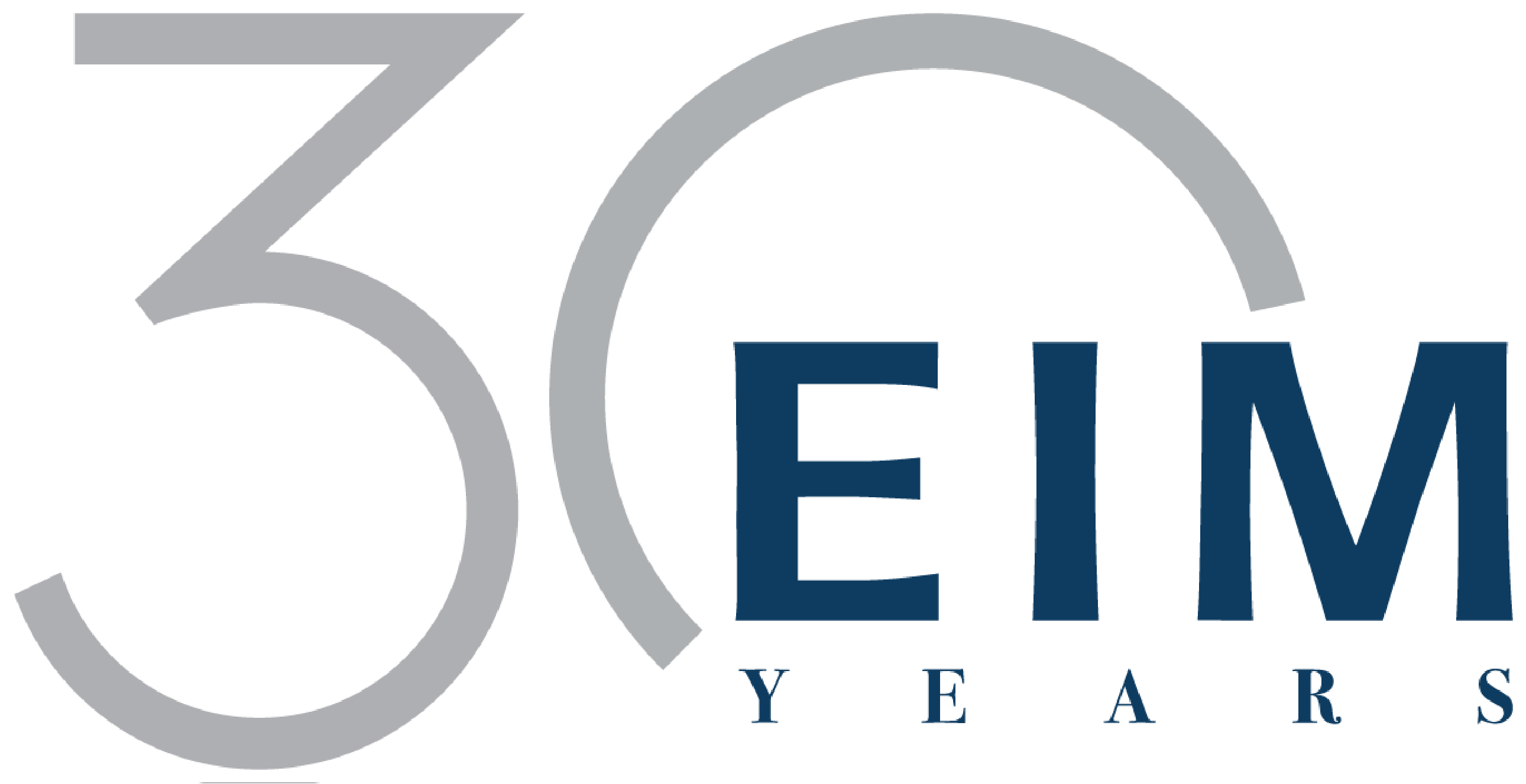
Agility Update September 2022
It is believed “a rare and powerful 30-year burst of foundational, life-altering innovation” like that in the early 20th century is feeding the current non-stop turmoil and creating opportunities to remake the world. Resources to take advantage of this window in Agility Update September include advice on avoiding potholes in strategic plans, M&A, and workforce management. Also, as the days of easy capital access are over, we offer a new playbook and ideas on alternative funding for both investors and entrepreneurs. Till our next issue in Summer, may Spring bring you fresh optimism to create your future.
C-Suite View of Volatility, War, Risks, and Growth for Global Business
While the Ukraine war has forced many businesses to put part of their strategic plans on hold, it is also acting as an accelerator. Responding to a special The Conference Board C-Suite Outlook midyear survey conducted between 10 and 24 May, 750 global CEOs and other C-suite executives reveal energy, inflation, cyber risk, and recession are immediate CEO concerns.
To ensure long-term growth, CEOs said the top 3 areas they intend to invest in are: digital transformation (58%), developing new lines of business (52%), and upskilling and retraining existing talent (44%). However, companies must take heed to not lose sight of their core customers and the present economic environment as they strategise for the future. The 4 common mistakes that derail the present are:
1. Hoping to run before you can walk i.e., there are no shortcuts. Example: A metaverse strategy can’t exist in isolation or as a marketing sideshow. Nike’s virtual world Nikeland began more than 15 years ago with the Nike+iPod Sport Kit in a strategic partnership with Apple Computers. Over the next decade, Nike steadily upgraded its core capabilities as an apparel brand and built a foundation as a tech innovator with capabilities in analytics software, app development, and electronics design.
2. Forgetting your core customers of today. Case in point: Iconic American retailer JCPenney spiralled into bankruptcy when a new broom CEO launched a full-scale revolution redesigning stores, replacing senior executives, terminating employees, shuttering private-label brands that generated 50% of sales and ignoring its core customers’ penchant for discount coupons and sales. Today, a new CEO (the fourth since the ‘revolution’) is returning value to its loyal core customers and innovating a return to profitability.
3. Avoiding necessary conflicts and tough decisions. Discomfort, rigorous debate and owning tough decisions are all part of the change, as in Disney+ reinvention to add adults to its streaming audience. What decisions and undiscussable conversations are you and your team avoiding?
4. Revering only the new star talent. Embrace the new and ensure that your current talent – those who are making the present possible and who have a wealth of institutional memory – remains recognised and celebrated. Retain current talent and help them reskill and reframe.
Circumventing the Greatest Risk to Growth
The staff disputes at Qantas are difficult to watch but has laid bare the pivotal role of staff. As PwC research has found, workforce is the number one risk to growth. PwC’s stark advice to dealmakers using M&A in bold moves to pursue opportunities is not to take workforce matters for granted, noting that “assessing the impact of a deal on workforce was often overlooked as part of the upfront due diligence and only tackled as part of the broader integration”.
As workforce strategy also plays an outsized role in post-deal integration, questions not often on top of the deal-making agenda become more important than ever, says PwC. These include:
· What is the right culture to cultivate?
· How do you drive better results in recruiting, retention, and development?
· Do your compensation, benefits, flexibility, and other programs create incremental motivation and harness workforce longevity?
For those organisations struggling to retain and recruit talent, the Boston Consulting Group’s advice is to source more expansively and tap into “fluid talent” – former employees, freelancers, talent that is hidden elsewhere in the company, borrowed from other companies, or working in other geographic markets. It gives as examples:
· Amazon and Goldman Sachs where return-to-work, or returnship, programs combining pay, training, and mentorship ease the path for alumni and other experienced workers back into the workforce.
· Unilever’s U-Work program that aims to break the compromise between gig and traditional work models to enable alumni and even current employees to work on specific assignments like a contractor or freelancer but have guaranteed pay and benefits.
· Salesforce which is posting jobs by time zone rather than by city thus removing location constraints.
· Seagate Technologies’ internal talent mobility programs. Nearly 90% of all eligible employees registered for Seagate’s Career Discovery platform within 45 days of its launch, and the company estimates that it unlocked 35,000 hours and saved over US$1.4 M in external contractor costs in the first 4 months of the program.
Read more examples at Tapping into Fluid Talent.
Read the New Investor Playbook
Prominent venture capital firms are telling their portfolio companies to start cutting costs, improving gross margins, to think long term, and extend their runway to 2+ years if possible. Moreover, they are resetting expectations that future financing will look nothing like what was possible 6 to 12 months ago.
Given both the threat and opportunity inflation poses for private equity investors, management consultants Bain & Co says it’s time to return to nuts-and-bolts value creation. Quoting CEPRES Market Intelligence data, Bain & Co says multiple expansions accounted for 48% of value creation in the average deal from 2010 to 2015, jumping to 56% from 2016 to 2021. Comparing those same five-year periods, CEPRES data shows margin growth had fallen from 14% to 6%, while revenue growth remained steady at 38%.
Now that investors can no longer buy a company, lever it up on dependable multiple expansion and sell out on a 2X return, they’ll need to find new sources of revenue or improve EBITDA margins. The 3 key questions to ask are:
1. How, specifically, could inflation affect us/our portfolio companies, and how should we address those risks? The imperative is to diagnose cost pressures and pricing opportunities product by product, customer by customer in close consultation with front line sales.
2. Where do our returns really come from, and does that leave us vulnerable?
3. Are we prepared to hold onto assets longer? The average length of time private equity firms hold assets has slipped steadily, from 5.8 years in 2014 to 4.4 years in 2021.
Read also HBR’s Weighing the Risks of Inflation, Recession, and Stagflation in the U.S. Economy and Tech firms cut thousands of jobs, as interest rates and recession risks climb for the situation at Australian startups.
Crowdfunding to Skyrocket
As traditional sources of financing grow more conservative, innovators and startups are trending to crowdsourcing and other alternative forms of financing. Meanwhile, investor demand is expected to skyrocket as millennials and Gen Z look for new investment avenues as well as investments they are passionate about.
In Australia, despite the pandemic, equity crowdfunding or Crowd Sourced Funding (CSF) hit a new high with A$86 M raised from more than 43,000 investments in FY22. Birchal completed 68 of the 98 successful offers (70% of the total raising A$62.4 M) followed by Equitise (13 raises securing A$11 M) and OnMarket (A$8 M for 12 companies).
A Facts & Factors report predicts the global crowdfunding market worth about US$13.5 B in 2021 to grow to around US$28.2 B by 2028, with a compound annual growth rate (CAGR) of around 11.8% between 2022 to 2028. A Technavio report expects the global crowdfunding market to grow by US$239.78 B with a YOY growth of 18.97% between 2022 and 2026.
Technavio expects APAC to account for 63% of market growth driven by the sheer number of SMEs in the region – an estimated 18.07 M in China by the end of 2018, and 63.3 M in India as of March 2020 – and the rapid uptake of the internet, mobile phones and social media platforms.
Crowdfunding falls into 4 basic types:
1. donation where investors get nothing in return,
2. equity where investors get a share of the business,
3. debt as in P2P (peer-to-peer lending) where investors expect to be repaid with interest, and
4. rewards where investors receive goods, a service, or discounts.
For a primer on crowdfunding read What is Crowdfunding? for basic information for business owners and retails investors, and History, Myths and a Comparison of Equity Crowdfunding which has a handy checklist for both business owners and investors to assess crowdfunding platforms. A list of Australian crowdfunding websites can be found here.
More resources are available from the Australian Securities & Commission at Crowd-sourced funding and Innovation Hub for intermediaries and companies, and investors at MoneySmart’s crowd-sourced funding section. Finally, read Crowdfunding? Check the weather forecast first! as new research from Copenhagen Business

EIM AUSTRALIA
EIM (Executive Interim Management) was founded to meet the need in client organisations for experienced leaders at short notice to facilitate and accelerate change. We are an independent global partnership backed by the experience of over 10,000 assignments worldwide.
Arrange a consultation >